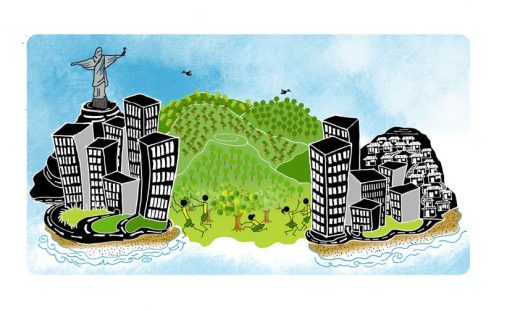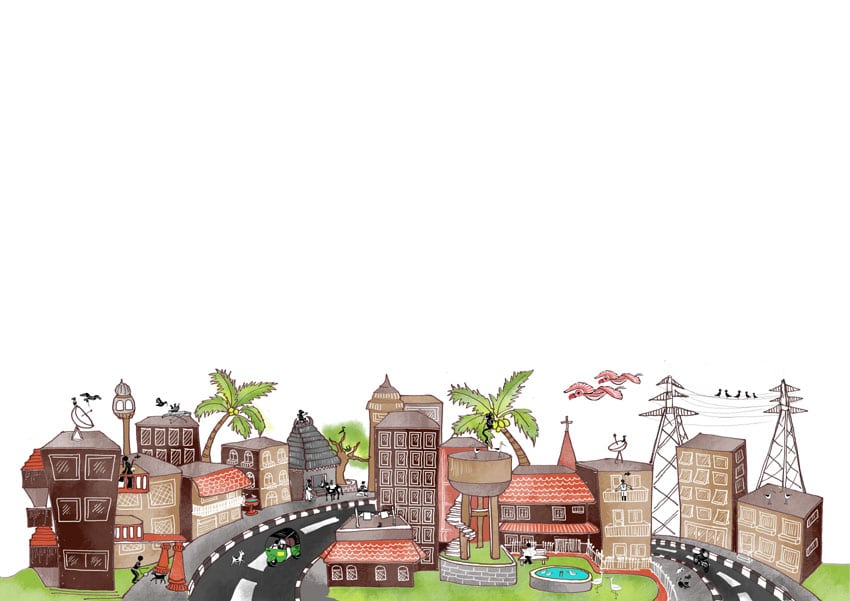Editor’s Note
Cities provide the daily living environment for a growing part of the world’s population. Asia and Africa are experiencing unprecedented rates of people moving in to cities, and, along with Latin America, also of urban land expansion. While these rapid and extensive changes lead to considerable challenges for biodiversity, they also create new opportunities to protect nature in cities and beyond, and enhance the values that nature in cities generates for people.
Cities can and need to support ecosystems and biodiversity, and by that also human well-being. Building on the findings in the Cities and Biodiversity Outlook (CBO) project (www.cbobook.org), jointly led by the UN Secretariat of the Convention on Biological Diversity and Stockholm Resilience Centre, this Special Issue has a particular focus on
India, one of the most rapidly urbanising nations in the world, and cities in other countries in the southern hemisphere. It presents some examples of the meaning of nature in cities, and challenges and opportunities associated with urban nature conservation.
The CBO-project and the case studies presented here clearly illustrate that the time is ripe to re-envision cities as something else than asphalt and concrete. It is time to acknowledge that rich nature already exists in cities, is part of our culture as well as our environment, appreciated and actively nurtured by urban inhabitants. It is time to see how the existing green and blue in cities function as ecological corridors and veins, connecting the urban to the surrounding landscapes, supporting the vital functions of cities. It is time to take the next step and truly explore: What is the scope for nature in cities? -Maria Schewenius, Maria Tengö









